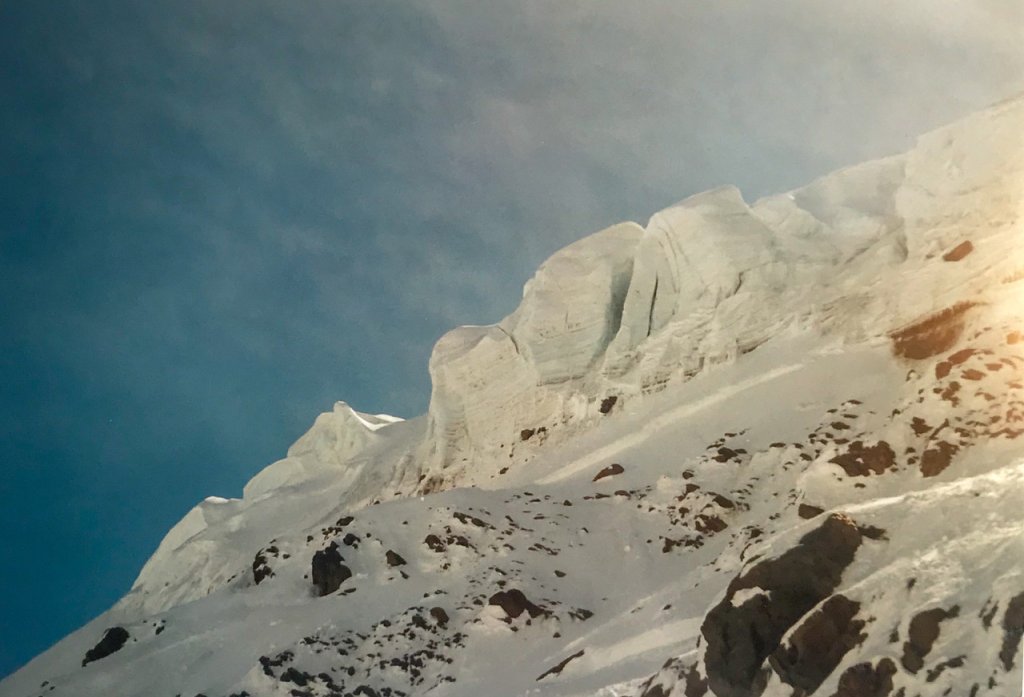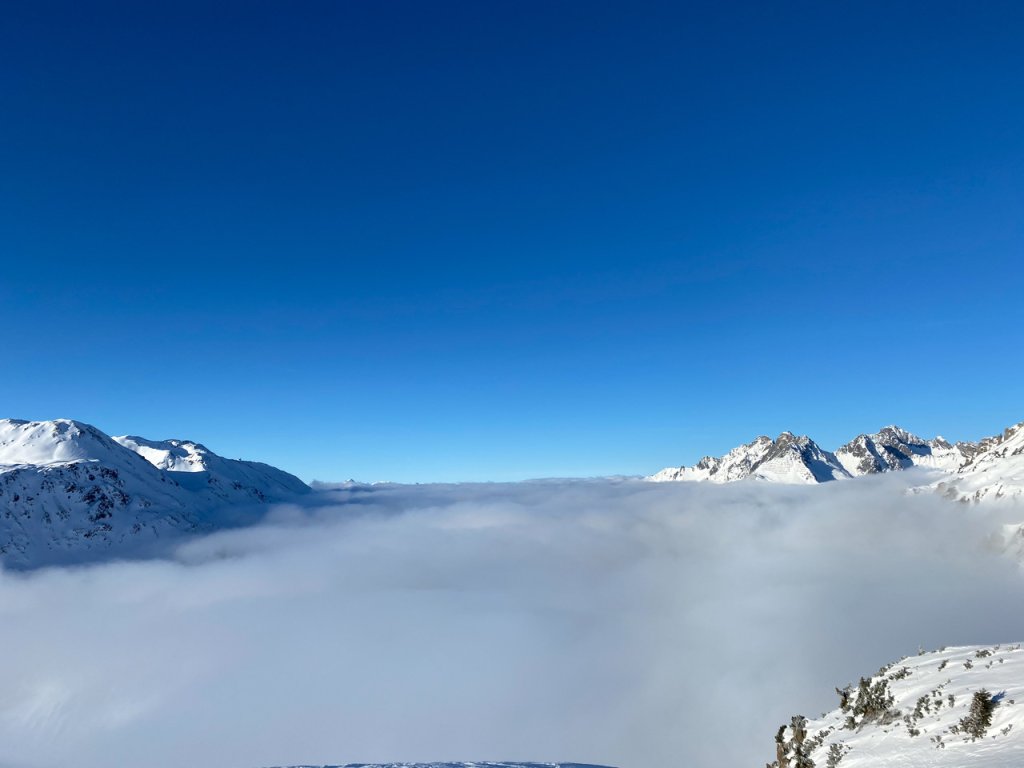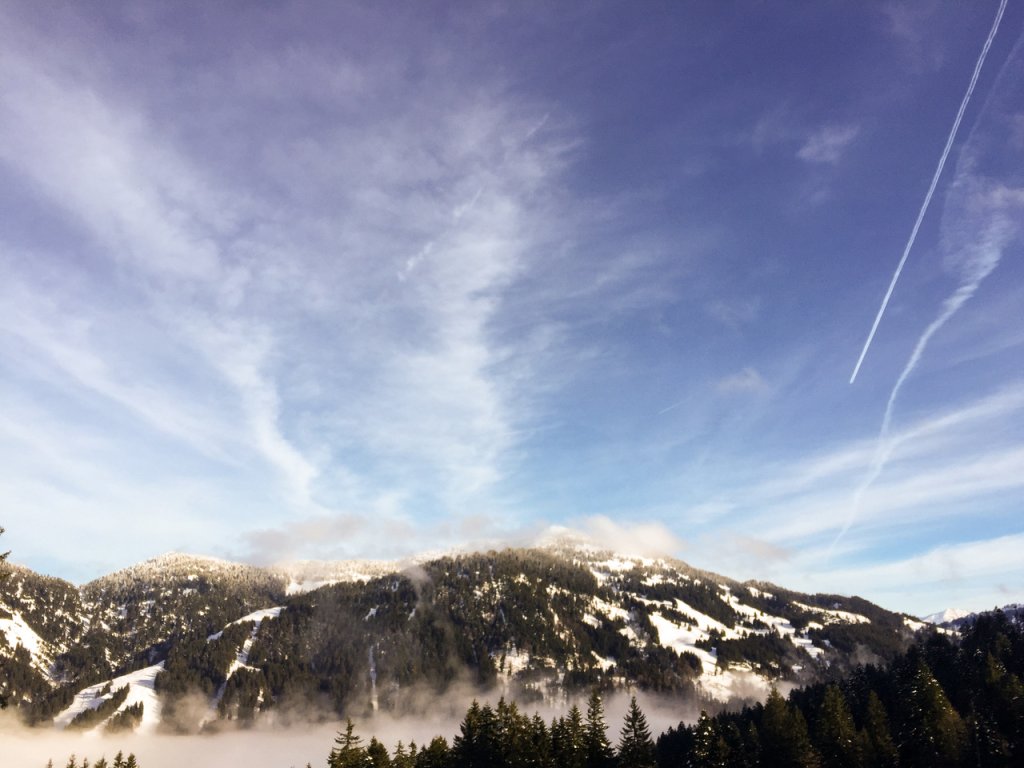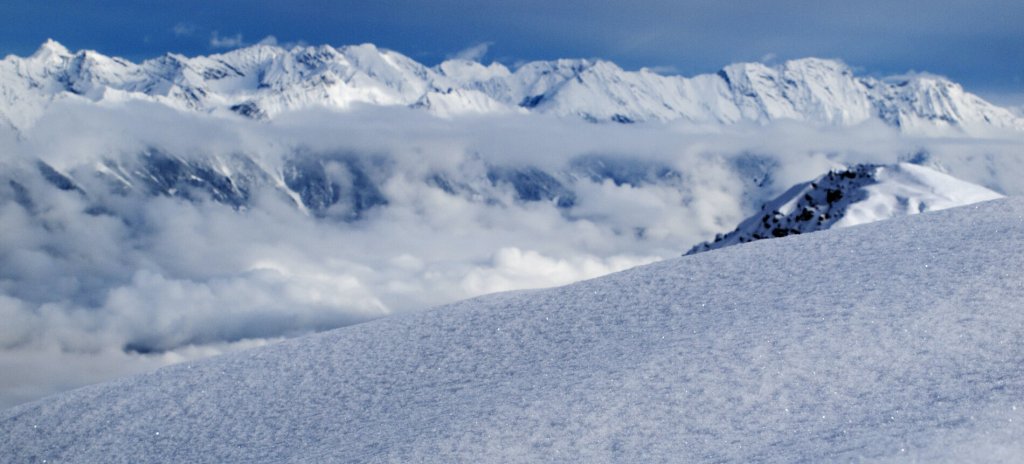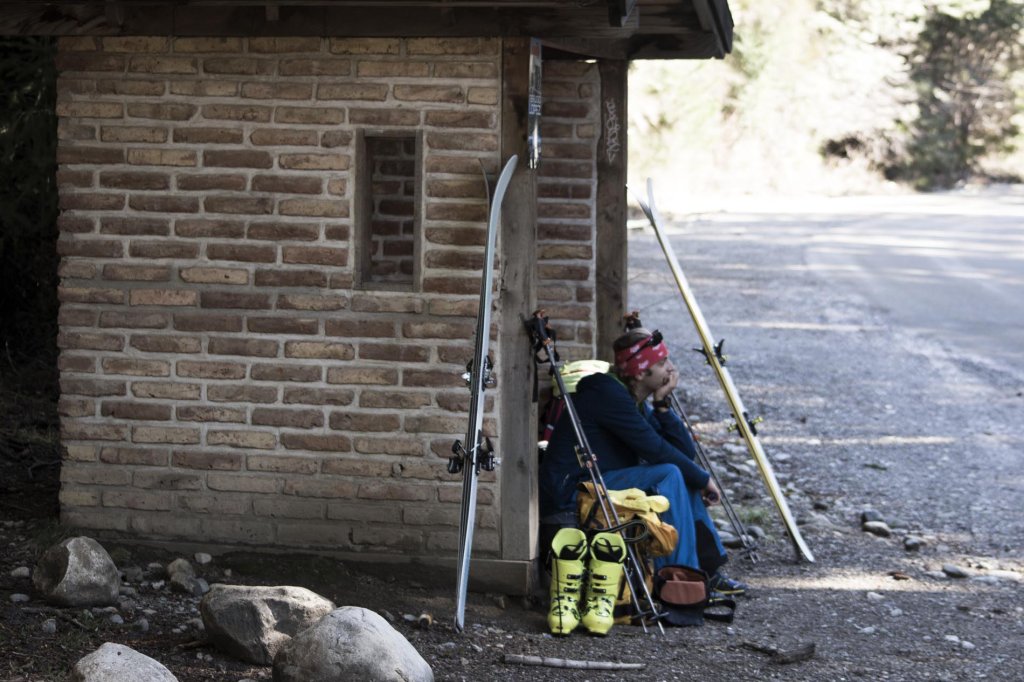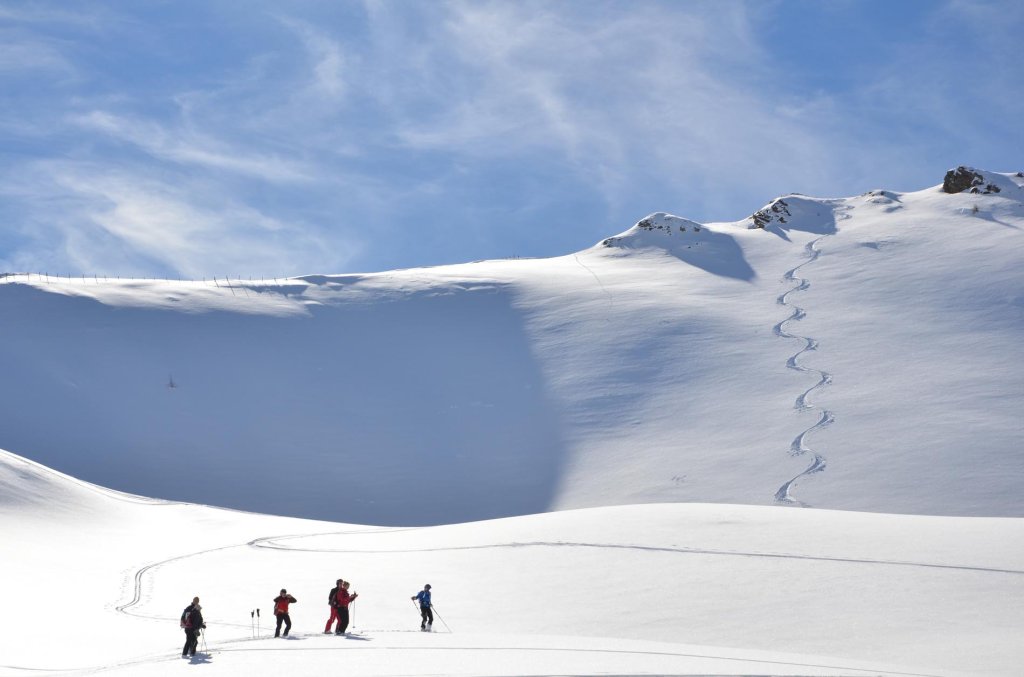Now everything is quiet. Everything is quiet. The noise of the engines has remained in the valley. The rattling of the gondolas entering the lift station - miles away. Only the rustling of my hardshell trousers reminds me of civilization. The brushing of my skins and the cracking of my bindings on technology. Man-made technology that enables me to walk up here without any major obstacles. To the Rotspitze in the Montafon. I wonder what it was like for Ernest Hemingway back then? He spent his winters here in the mid-20s. To go ski touring, to write, to enjoy the picturesque mountain landscape of the Silvretta and to escape the hustle and bustle. From everyday life. From the city. Off into the untouched wilderness of the Austrian Alps.
The Alps: Central European wilderness?
And for me too, the Alps are a symbol of Central European wilderness. When I stand on the summit of the Rotspitze, for me at that moment it's just the mountains and me. When I support myself with my poles and enter the slope, there is only the next (hopefully) powder turn and the feeling of the melting snow on my cold cheeks. My floating ski tips on an untracked slope. Not another skier's soul far and wide. Or rather, not in my line of sight.
Because what looks like untouched wilderness in the snowy winter months resembles an inner-city construction site in the summer months. Steel supports protrude from the rocks. Barren aisles have been cut into the former forest and huts, restaurants and apres-ski bars have been carved into the slopes. Pure wilderness. The solitude. No longer exists.
